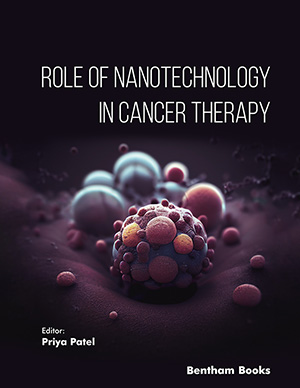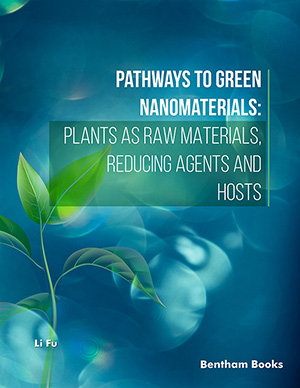Abstract
Gold nanoparticles have suitable chemical surfaces, are neutral and have resistant to surface reduction. Due to these properties gold nanoparticles are frequently used in biological fields as biosensors as well as targeted drug and antibody delivery systems. The aim of this study was the biosynthesis of gold nanoparticles using Escherichia coli and the conjugation of these nanoparticles with streptomycin in order to evaluate its effect on obligate anaerobic bacteria. For this purpose, gold nanoparticles were biosynthesized using E. coli DH5α and confirmed using UV/Vis spectroscopy, SEM, TEM and DLS analysis. These nanoparticles were conjugated with streptomycin and its effect was evaluated against E. coli, Clostridium perferingens and Clostridium botulinum. As a result of this study 5-20 nm nanoparticles were synthesized from 5 mM HAuCl4. Distilled water was shown to be a suitable solvent and agitation facilitate the reaction. A range of ratios of antibiotics to nanoparticle and also different concentrations of antibiotics had little effect on the efficiency of conjugation. Conjugation of antibiotics with the nanoparticles resulted in a significant reduction in MIC and MBC of streptomycin against E. coli. Interestingly, this conjugate was able to overcome natural resistance of C. perferingens and C. botulinum to streptomycin. The process of biological synthesis is more ecologically friendly than traditional methods. The improvements in the efficacy of the antibiotics warrant further in vivo studies.
Keywords: Aminoglycoside, anaerobic bacteria, biosynthesis, gold, nanoparticle, streptomycin.

























